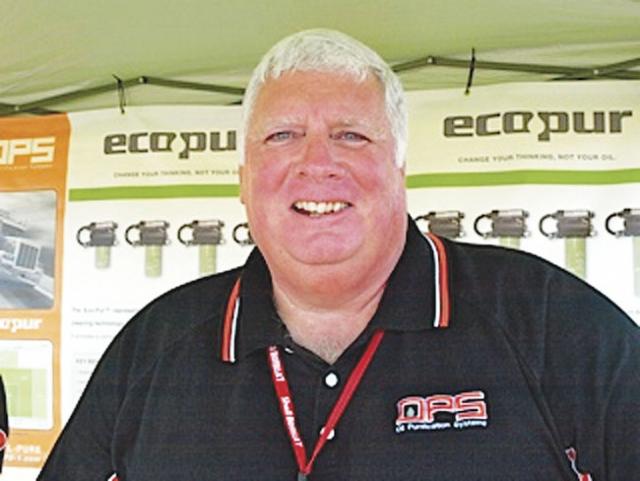Understanding Oil Contaminants

I always find it interesting how people respond to the question; do you take oil samples periodically or when you change your oil? At the Mid-America Truck Show this year I heard the following responses:
Why? I know when there is something wrong with my engine. To which I replied how do you know if you have fuel or antifreeze contamination? “I just know” was the response.
“NO! I tried it a few times but I would get a report that I couldn’t understand, there are a bunch of numbers on a page that didn’t mean a thing to me.”
My least favorite response was: “Yes, as a matter of fact, I take them all the time, the problem is I didn’t send them in and it costs me $30,000 in repairs due to serious antifreeze intrusion that destroyed my bearings. If I sent them in I could have repaired the coolant issue and saved my engine.”
The truth is oil sampling is a cheap and effective way to cut maintenance costs. It identifies contamination or wear issues and allows you to be proactive instead of reactive after an engine failure.
If you work with an oil sampling company that provides customer support and training you will quickly learn how to read the reports and gain an understanding of the internal health of your engine.
A $25-$30 sample will be comprehensive and provide all the data you need to properly protect your investment.
Oil sample results will identify both liquid and solid contaminants:
Liquid contaminants; water, diesel fuel and glycol contaminate oil causing the formation of acid, increasing oxidation, sludge and deterioration of additive chemicals. The water reacts with the sulfur and nitrogen in oil to form sulfuric and nitric acids as well as adding oxides to oil that corrode and rust engine parts. Diesel fuel will decrease the viscosity of the oil and affect the film strength of the oil to properly bond with metal parts. It is this oil film that protects engines from metal to metal wear. Once the film is compromised, the wear levels increase rapidly. Glycol does not enter the oil during normal operation but by some defect in the coolant system causing intrusion. Unfortunately, since the advent of EGR and Oil Coolers, there is an increase in glycol intrusion in engines. The glycol coagulates soot creating oil balls that cause blockage to oil filters that will react with the anti-wear additive zinc that bonds to metals to prevent metal to metal wear. The removal of zinc and the oil balls will cause bearings and moving parts to deteriorate and lead to engine failures if not discovered and corrected as soon as possible.
Solid contaminants, soot, dirt, and wear metals will eventually accumulate in quantities that will affect the oil’s ability to properly flow and dissipate heat. Soot, dirt, oil and water will create sludge that blocks galley ways and filter operation. Wear metals will become trapped between tolerances and cause additional wear. Using a good quality full flow filter with a secondary by pass filter will help decrease the accumulation and allow for longer useful life of the oil.
Keeping oil free of liquid and solid contaminants will extend the life of your oil and engine, reduce oil maintenance expenses and put more $$$$ to your bottom line.
Any questions or suggestions for topics for this column please email me at: [email protected]
